In my previous blog entry, “All About Sheet Music - Musical Expression”と, I introduced dynamic markings and tempo markings.
The knowledge of music is profound, and it is quite interesting when you understand it, even though it may seem difficult.
The “key” is often written in the title of a piece of music.
- Mozart / Piano Sonata in C major, K.545
- Bach / Invention No.8 in F major
Each of these keys has a special structure!
In this issue, I will tell you more about the structure of each key.
1. Key Sequencing
There are a total of 24 different keys! There are two major keys and two minor keys.
“Major keys” are bright and cheerful, and “minor keys” are described as dark and sad keys.
I have carefully selected only 11 major keys.
C major (1st degree) (do-re-mi-fa-so-la-ti-do)

D major (2nd degree) (re-mi-fa-so-la-ti-do)

E major (3rd degree) (mi-fa #- so #- la-ti-do #- re # -mi)

F major (4th degree) (fa-so-la-ti♭-do-re-mi-fa)

G major (5th degree) (so-la-ti-do-re-mi-fa#-so)

A major (6th degree) (la-ti-do-re-mi-fa-so-la)

B major (7th degree) (ti-do#-re-mi-fa#-so#-ra#-si)

B-flat major (flatted 7th degree) (ti♭- do-re-mi-flat-fa-so-la♭)

E-flat major ( flatted 3rd degree) (mi♭-fa-so-la♭-ti♭-do-re-mi♭)

A-flat major (flatted 6th degree) (la♭-ti♭-do-re♭-mi♭-fa♭-so♭-la♭)

D-flat major (flatted 2nd degree) (re♭-mi♭-fa-so♭-la♭-ti♭-do-re♭)

Each key is shown side by side!
2. How Does the Structure of Keys Work?
If you look at the right side of the G clef, except for the first key, C major, you will see that each key has a key signature with a number of # (sharps) or ♭ (flats).
You can determine which key signature is used and what key it is by looking at the number of these symbols, but if you pay attention to the names of the keys, you will discover something interesting!
The “Do Re Mi Fa So La Si Do” is not unknown to anyone. This is actually Italian.
Do you know what it’s called in Japanese, German, and English?
The correct answer is here⇩
| Italian | Do | Re | Mi | Fa | So | La | Si | Do |
|---|---|---|---|---|---|---|---|---|
| Japanese | Ha | Ni | Ho | He | To | I | Ro | Ha |
| German | C (Tsi) | D (Day) | E (Ey) | F (Ef) | G (Geh) | A (Ah) | H (Ha) | C (Tsi) |
| English | C | D | E | F | G | A | B | C |
Please remember this table well!
For example, what key is this scale...

① As I told you earlier, look at the key signature written next to the G clef.
→There is nothing there.
② Look at what the last note ends in.
→The scale ends with “Do”.
③ This is where it gets interesting!☆
Let's look at the table of each word again!
| Italian | Do | Re | Mi | Fa | So | La | Si | Do |
|---|---|---|---|---|---|---|---|---|
| Japanese | Ha | Ni | Ho | He | To | I | Ro | Ha |
| German | C (Tsi) | D (Day) | E (Ey) | F (Ef) | G (Geh) | A (Ah) | H (Ha) | C (Tsi) |
| English | C | D | E | F | G | A | B | C |
The Italian do is “ha” in Japanese. In other words, this key is
C major!
Let's look at the other keys...

In this scale, the last note is la, right?
The Italian la is “i” in Japanese, so the answer is A major!
The major key represents the Japanese word for the note name!
Please check the other keys as well!
As I mentioned above, the “? Major” stands for the note name, but you see B-flat major and A-flat major have “変” (hen) in front of the note name, right?
The “hen” means flat, which means “A-flat”.
A-flat major

If you look at the last note, it is la, but this key is not just A major, but it’s A-flat major because it has a flat on la.
This time, since I carefully selected 11 keys, I could not introduce keys ending with # (sharp), but the word for # (sharp) in Japanese is “ei”.
F-sharp major

What do you think? Are you feeling great after figuring this out?
There are many more details to be learned about the key signatures, but I have tried to give you some easy-to-understand tips to start with!
I hope to introduce all of you to more interesting musical knowledge in the future!







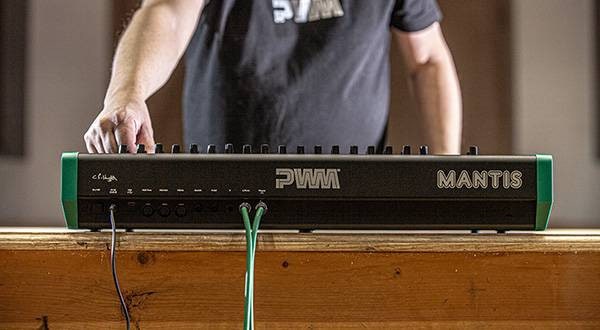
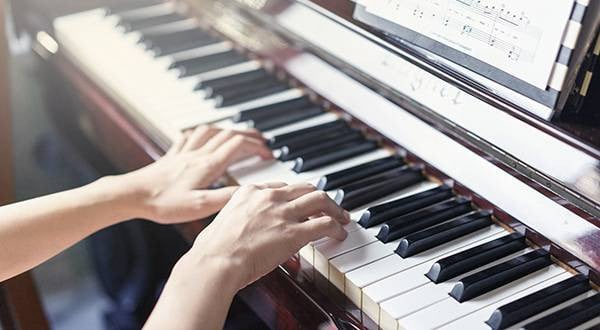
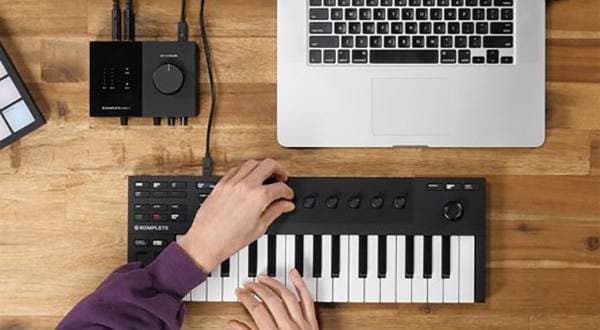
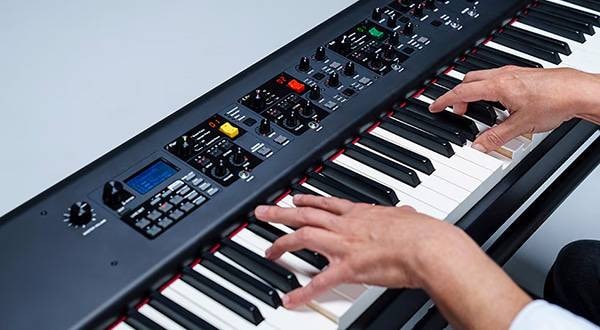
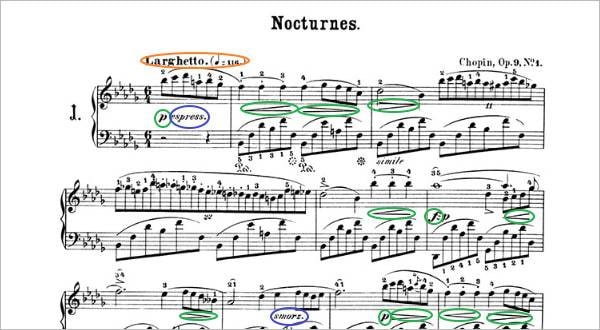
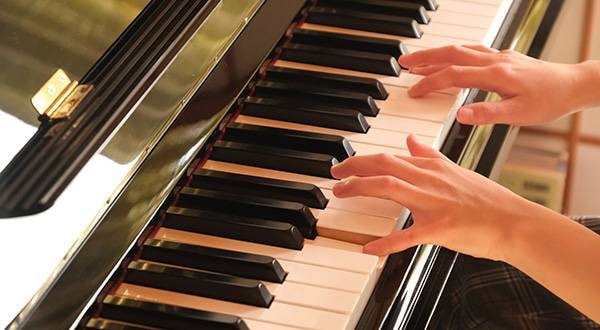
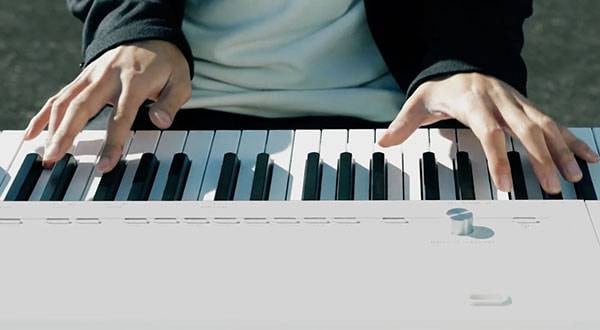
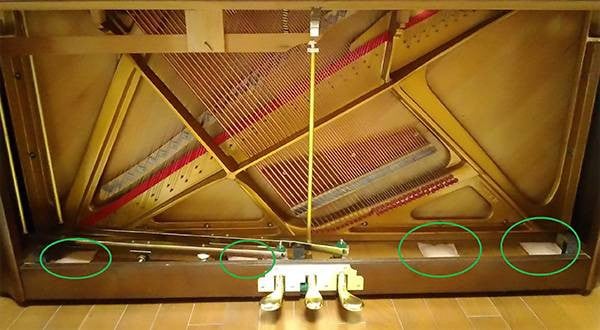
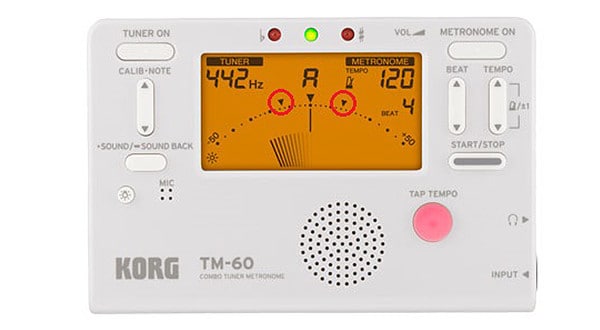
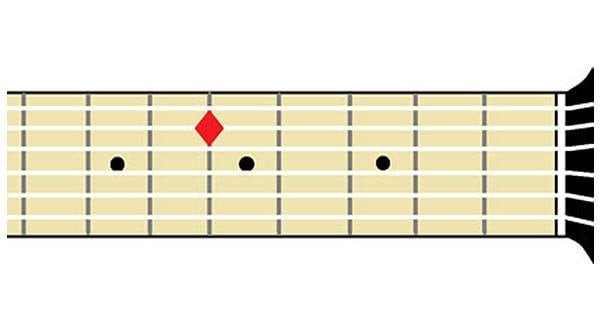
 おすすめの電子ピアノ
おすすめの電子ピアノ
 自分にあったピアノを選ぼう!役立つピアノ用語集
自分にあったピアノを選ぼう!役立つピアノ用語集
 まずは弾いてみよう!楽譜の読み方
まずは弾いてみよう!楽譜の読み方
 用途で選ぶ!鍵盤楽器の種類
用途で選ぶ!鍵盤楽器の種類
 キーボードスタートガイド
キーボードスタートガイド
 キーボード・ピアノ講座
キーボード・ピアノ講座















